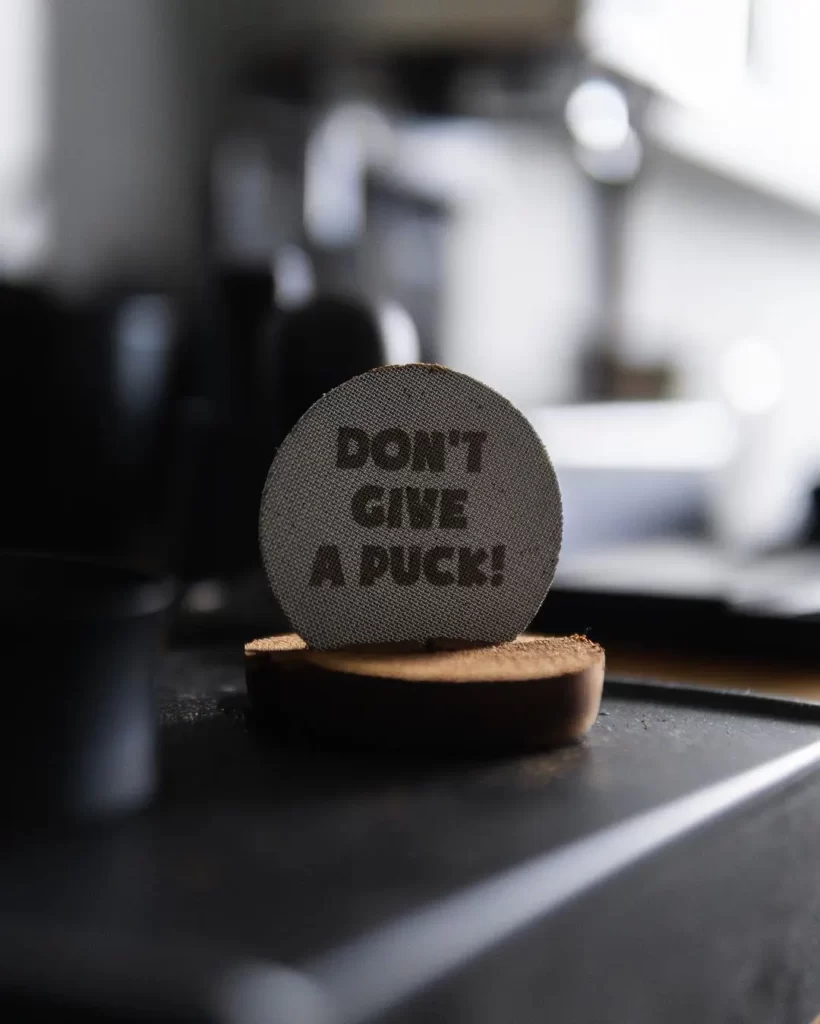After brewing espresso, a coffee puck should be solid enough that it won’t crack. But, you may notice too wet puck in some cases.
The reason that making your Espresso puck too wet is the gap between the coffee ground bed and the shower screen. Moreover, a formation of air pockets, choosing incorrect grind size, and uneven distribution of grounds can cause wet coffee puck.
This post will share common causes for having too wet coffee pucks and their solutions. Let’s check them out.
3 Reasons for Too Wet Coffee Puck in a Portafilter
The watery coffee puck can occur because of multiple reasons. However, we have enlisted here the typical ones for a quick inspection.
1. You Haven’t Filled the Portafilter Sufficiently.
This is the most common reason behind this annoying issue. When a gap remains between the coffee puck and the machine’s shower screen, the coffee ground can get extra wet.
It often occurs when you use a larger portafilter for espresso extraction or don’t fill the basket with the recommended amount of ground coffee. Since such inadvertency creates a space, the pressurized water fills the gap automatically.
As a result, more water can mix with the ground coffee, which makes the puck wet.
2. You Have Used Coarse Grind Instead of Fine.
The right grind size is crucial in making espresso to extract the coffee oils and flavors properly. If you choose coarse grind instead of fine, it can cause a wet coffee puck.
The pressurized water will flow through the ground too quickly when using a coarse grind in a portafilter. You will experience a fast extraction which will also produce an under-extracted shot.
Thus, your espresso taste will be weak. Not only it, but also the quick water flow through the ground will make the coffee puck watery.
3. Your Tamping Method Has Created Air Pocket Unintentionally.
The air pocket is a common reason for both espresso channeling and wet coffee puck. The gas released from freshly ground coffee can build air pockets in a coffee puck. Also, hard tamping and poor ground distribution techniques can form air pockets.
During espresso extraction, those air pockets become filled with pressurized water, making the coffee puck wet.
How Do You Fix A Wet Espresso Puck?
Fixing a wet coffee puck is relatively easy since no technical things are involved. Apply the following methods to fix wet coffee puck issues.
- Make sure your portafilter basket is filled with the recommended coffee grounds. For instance, 7 to 8 grams of ground coffee is recommended for a single shot of espresso.
- Tamp your ground coffee with optimal pressure, not too hard or gently. Perfect tamping will leave no visible gaps or crack on the coffee puck.
- Use a coffee puck screen to avoid uneven ground distribution and prevent channeling problems.
- Always grind coffee beans in the recommended size for espresso. If you purchase pre-ground coffee from shops, confirm that the grind size is accurate for making espresso.
- Do not remove the portafilter right after pulling an espresso shot. This can also be a reason for having a wet puck.
- Track your espresso shot pulling time. Sometimes, you can have a dryer coffee puck after increasing the brewing time.
What Is Wrong With Watery Coffee Puck?
So, we have said enough about the wet coffee puck. But what is wrong with the watery coffee puck?
To be honest, a wet coffee puck is not bad at all if you still enjoy the espresso coming out. If your espresso machine produces a delicious drink, it doesn’t matter whether the puck is dry or wet.
Though a wet coffee puck is not a big issue, it is also a sign that something is going wrong inside your portafilter. So, you should fix them as fast as possible to improve your espresso quality.
Frequently Asked Questions
Proper tamping is critical to prevent leaking portafilter. But, you should not tamp too hard since it can bring the opposite result.
You need to choose the fine grind, which is neither too fine nor coarse.
If you see no solution after applying all the above methods, it is time to meet a professional.
Final words
Though a wet coffee puck is annoying, it usually doesn’t ruin the espresso quality. But you need to try to fix the issue to enjoy high-quality espresso.
If you have no solution after applying all the above methods, you can contact a professional for a precise solution.
